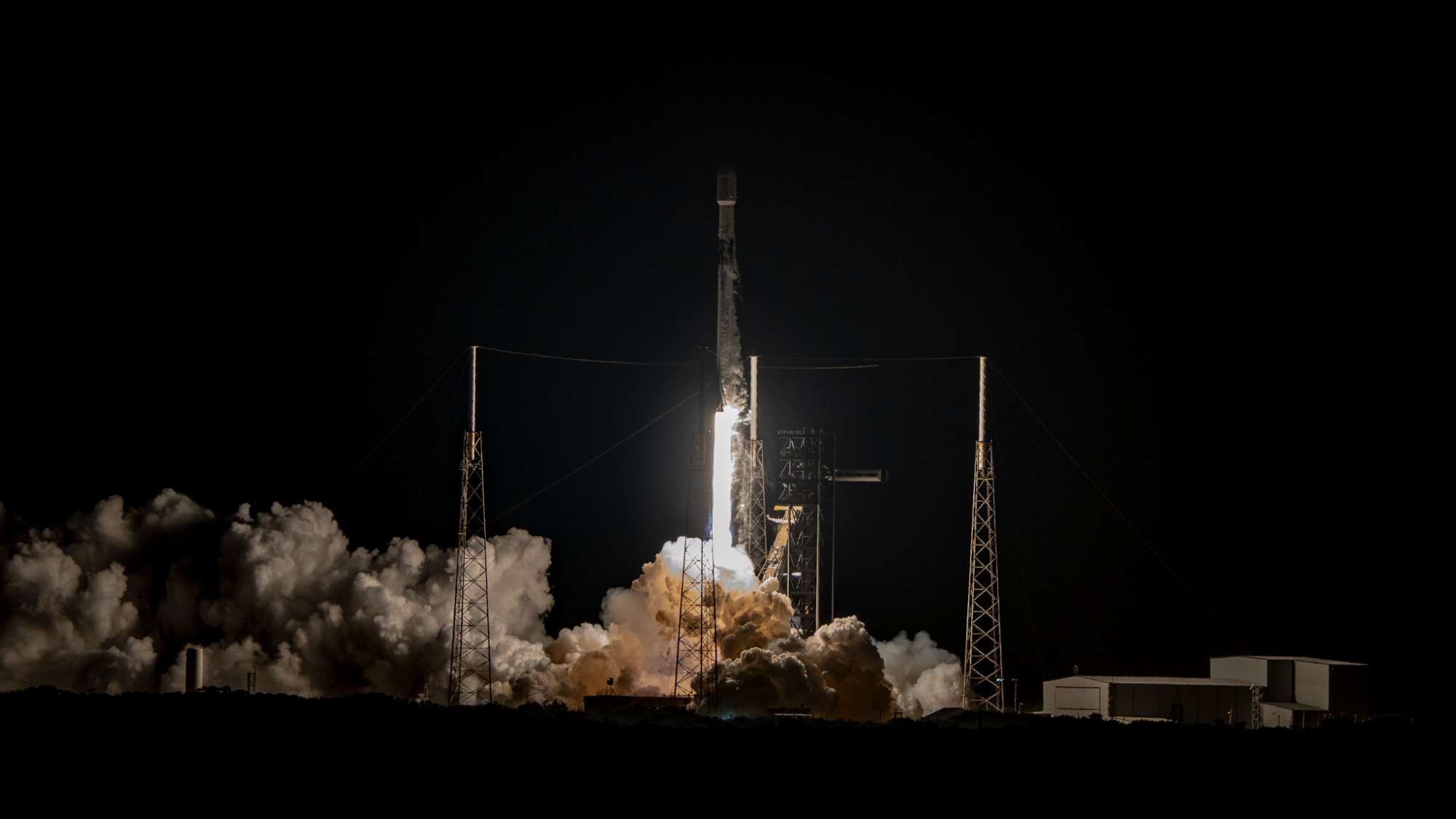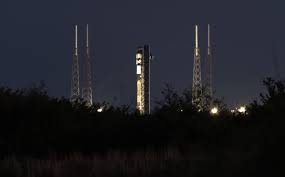SpaceX, the private spaceflight company founded by Elon Musk, made headlines once again with the successful launch of a Falcon 9 rocket carrying 23 Starlink satellites from Cape Canaveral Space Force Station. The liftoff, which took place at 10:09 p.m. Eastern Time, marked SpaceX's 48th Falcon 9 launch of 2025. One of the standout features of this mission was the inclusion of 13 satellites capable of providing direct-to-cell phone service, a groundbreaking advancement in satellite technology.
The Falcon 9 first stage booster, tail number B1077, made its 20th flight and landed on the SpaceX droneship 'Just Read the Instructions' in the Atlantic Ocean. This successful landing marked the 117th booster landing on the droneship and the 438th booster landing overall. The superb reusability of SpaceX's rockets has been a defining feature of the company's endeavors, contributing to the reduction of costs and the sustainable nature of space exploration.
While SpaceX celebrated this achievement, it was not the only mission on their agenda. SpaceX had planned to launch another Falcon 9 rocket on the Starlink 11-9 mission from Vandenberg Space Force Base on the same day but had to delay it to Monday. This change in schedule did not dampen the momentum of SpaceX's activities, as they continued to push forward with their ambitious plans for space exploration and satellite deployment.
SpaceX's consistent pace of Starlink launches has been instrumental in expanding the company's orbital internet constellation. With each successful launch, SpaceX adds more satellites to its network, enhancing global connectivity and accessibility to high-speed internet services. The efficacy of these launches was underscored by the deployment of 28 Starlink satellites into low Earth orbit during the Starlink 6-74 mission. These satellites further bolstered the Starlink megaconstellation, which now comprises over 7,000 satellites operating in a grid covering almost the entire planet, except for the poles.
Moreover, SpaceX's commitment to innovation and progress was exemplified by their plans to resupply the International Space Station in collaboration with Sierra Nevada Corp., SpaceX, and Orbital ATK. The inclusion of rookie astronaut Raja Chari alongside veteran astronaut Tom Marshburn and Matthias Maurer reflected SpaceX's dedication to advancing human spaceflight capabilities and expanding the frontiers of space exploration.
As SpaceX continues to break boundaries and set new milestones in the space industry, their impact on the future of space technology and exploration remains profound. With a relentless focus on reusability, efficiency, and innovation, SpaceX is shaping the future of space travel and satellite communication. Each successful launch brings them closer to realizing their vision of making space more accessible and interconnected for humanity.
In conclusion, SpaceX's recent Falcon 9 launch carrying Starlink satellites exemplifies the company's prowess in space technology and exploration. From groundbreaking advancements in satellite capabilities to strategic collaborations for space missions, SpaceX continues to drive innovation in the aerospace sector. As SpaceX forges ahead with its ambitious goals, the future of space exploration looks brighter and more interconnected than ever before.


